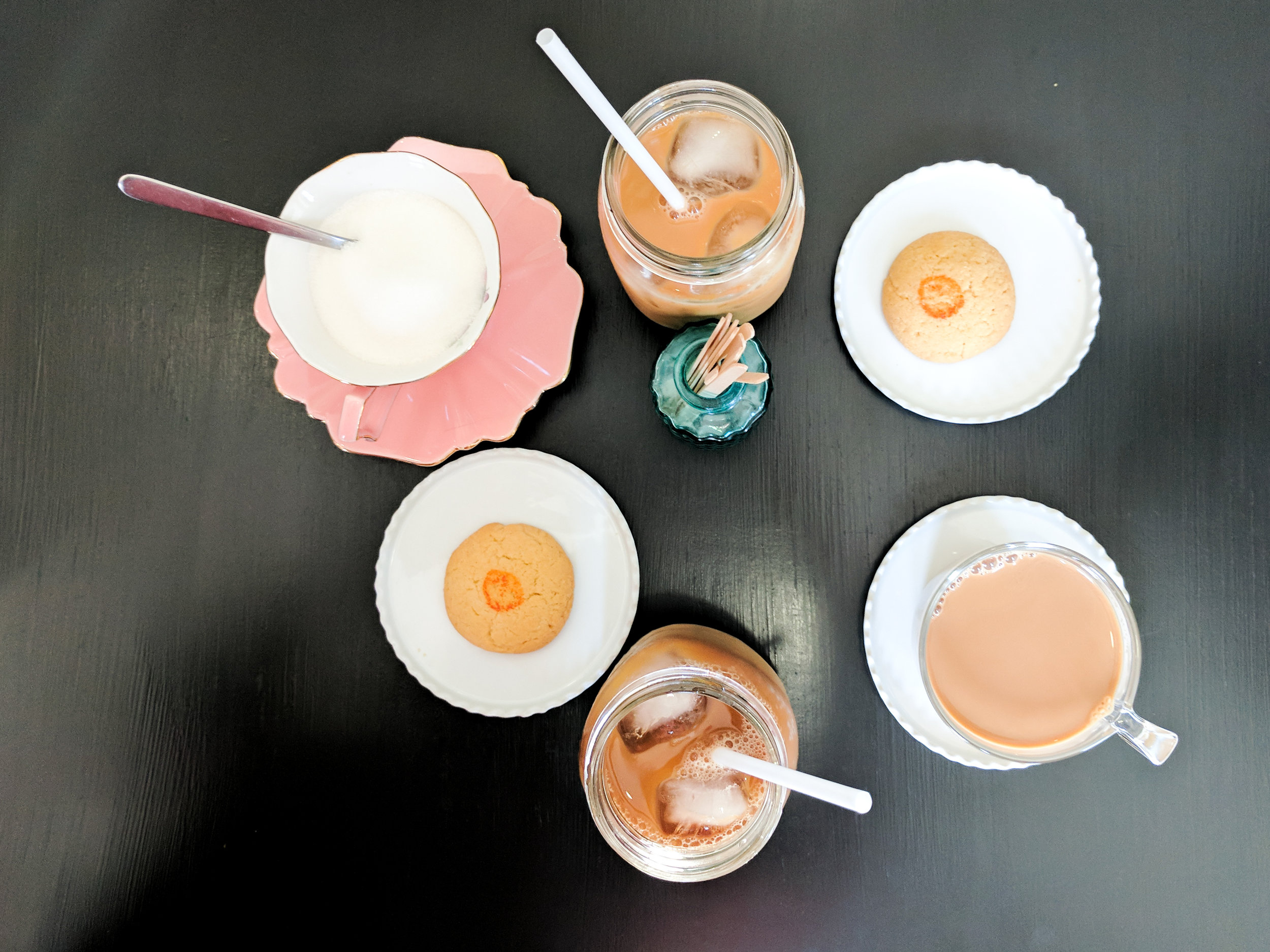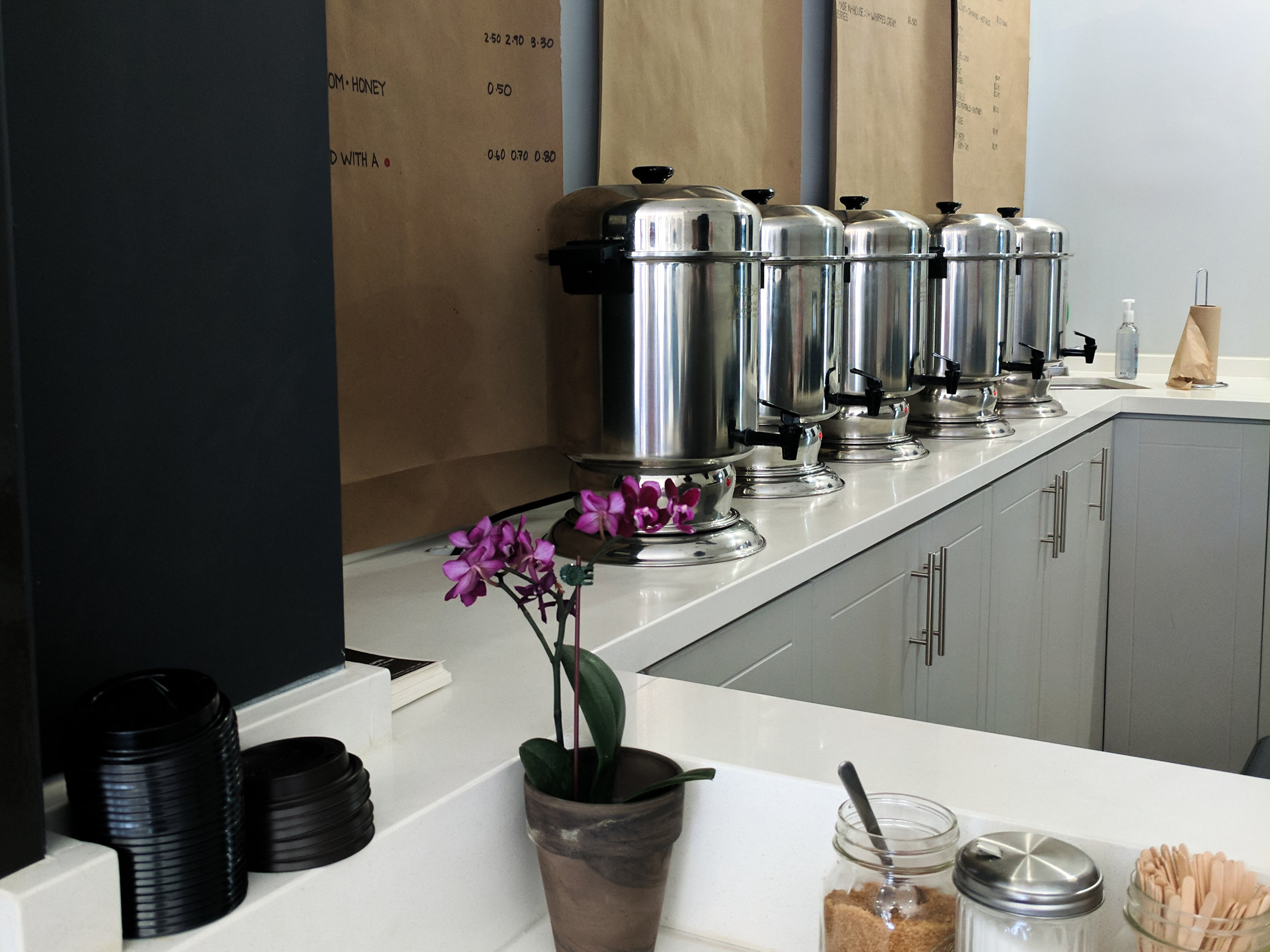CanCulture visited Fuwa Fuwa and tried the newest addition to their menu: croffles
By: Apurva Bhat
(Sama Nemat Allah/CanCulture)
The wind is cool, my face is numb and my friend and I can’t wait to reach Fuwa Fuwa to try their fluffy-looking croffles. With my university nearby in downtown Toronto’s Dundas Square, the franchise’s Bloor St. W. location is the closest and most accessible to me. When we enter the store, we are welcomed by the warmth and smell of fresh pancakes being cooked.
Known for their Japanese pancakes, Fuwa Fuwa began making croffles that gained immense popularity this summer at the Canadian National Exhibition (CNE). According to blogTO, they were nearly sold out each day. On Oct. 1, the restaurant announced that the affordable croffles - only $5.99 each (without tax) – would be a permanent addition to their menu.
These croffles come in four flavours - signature, tiramisu, cocoa banana and cookies and cream. We ordered the signature, tiramisu and cookies & cream.
As we were waiting for our food to be made, we could see other orders being freshly prepared - an employee flipping a batch of fluffy Japanese pancakes and another employee whisking batter for more pancakes. The store is clearly popular. Despite coming in an hour before closing, there was lots of traffic and online orders dinging in.
This location was fairly compact, but we didn’t have difficulty finding a seat. After seven minutes, our desserts were brought to our table. The portion was what one would expect for the price - not too huge and not too small.
Each croffle, as explained by a front staff member, has the same base - a croissant. It is then toasted in a waffle maker and topped with whipped cream.
Depending on the flavour, the ingredients differ. My personal favourite was the cookies and cream which happens to be one of the more popular flavours according to an employee. It was topped with crushed Oreos and was extremely delicious. I especially liked the balance between sweet and savoury.
The cookies & cream croffle is one of Fuwa Fuwa’s more popular flavours. (Apurva Bhat/CanCulture)
The one thing I didn’t enjoy was that the croffles were slightly undercooked in the middle. I’m someone that appreciates flaky and crispy croissants, but the texture of these was softer. I also couldn’t taste the waffle aspect of the croffles as much - it majorly tasted like a slightly undercooked toasted croissant.
The signature flavour offers customers a simple, uncomplicated flavour for the less adventurous eaters - topped with a handful of strawberries and blueberries, it wasn’t very extraordinary.
Contrary to what a video on Fuwa Fuwa’s Instagram suggests, the signature croffle didn’t have any syrup or powdered sugar on top. Because of this, it wasn’t extremely sweet but was actually refreshing which I appreciated.
The tiramisu flavour was a big no for me. Like the other flavours, the middle was slightly undercooked. Also, the combination of coffee syrup and cocoa powder wasn’t ideal – it left an extremely bitter aftertaste. I also didn’t like the excess overload of cacao powder, but if you love bitter desserts, this might be what you’re craving.
The tiramisu croffle topped with cacao powder and coffee syrup (Apurva Bhat/CanCulture)
The order total was $20.31 with taxes which wasn’t too bad. But as a student living in an expensive city like Toronto, I wouldn’t necessarily purchase all flavours - rather stick with one or two.
The price per croffle is what makes these treats an attractive purchase - only $5.99 a piece! I wouldn’t have the signature or tiramisu flavours again, but I would definitely return for the cookies and cream ones.
Overall, If I were to rate Fuwa Fuwa out of 10 based on the croffle’s flavour, quality, service, ambiance and price, I would give it a six. I would love to try their pancakes and perhaps even the cocoa banana croffle, which happens to be another popular choice for other customers!




























